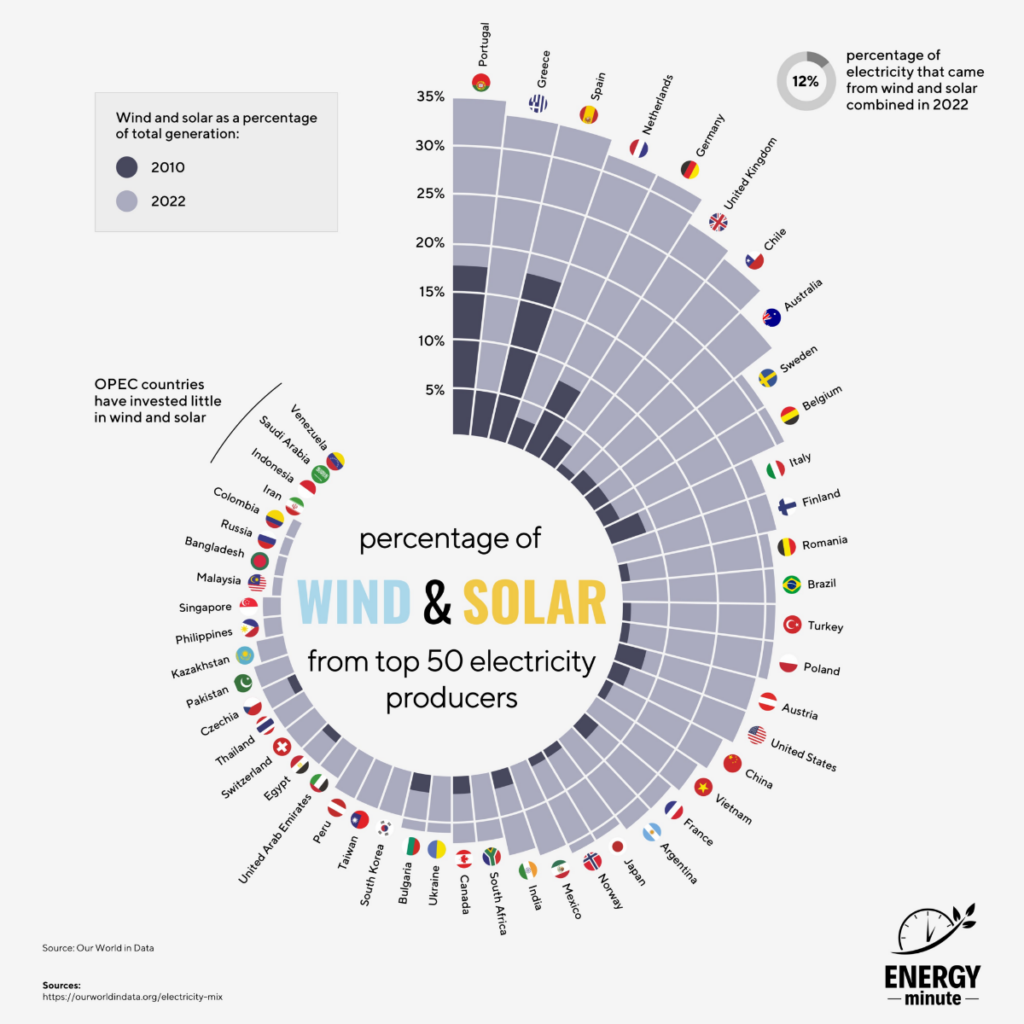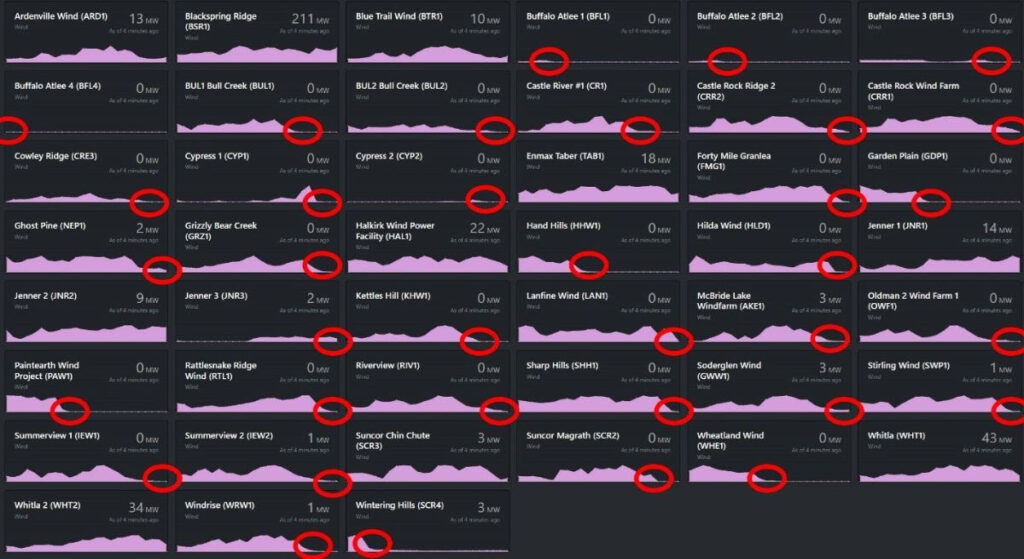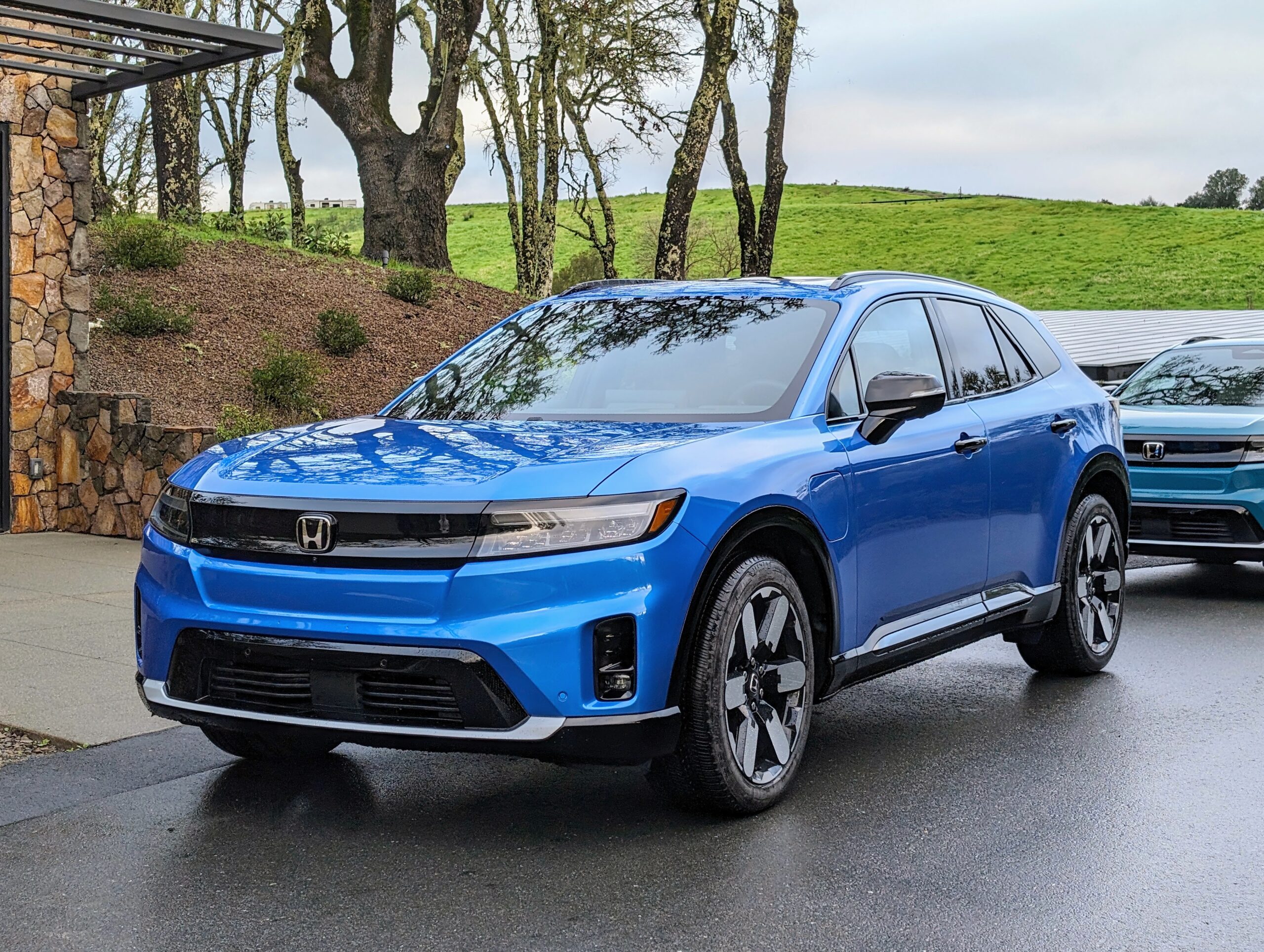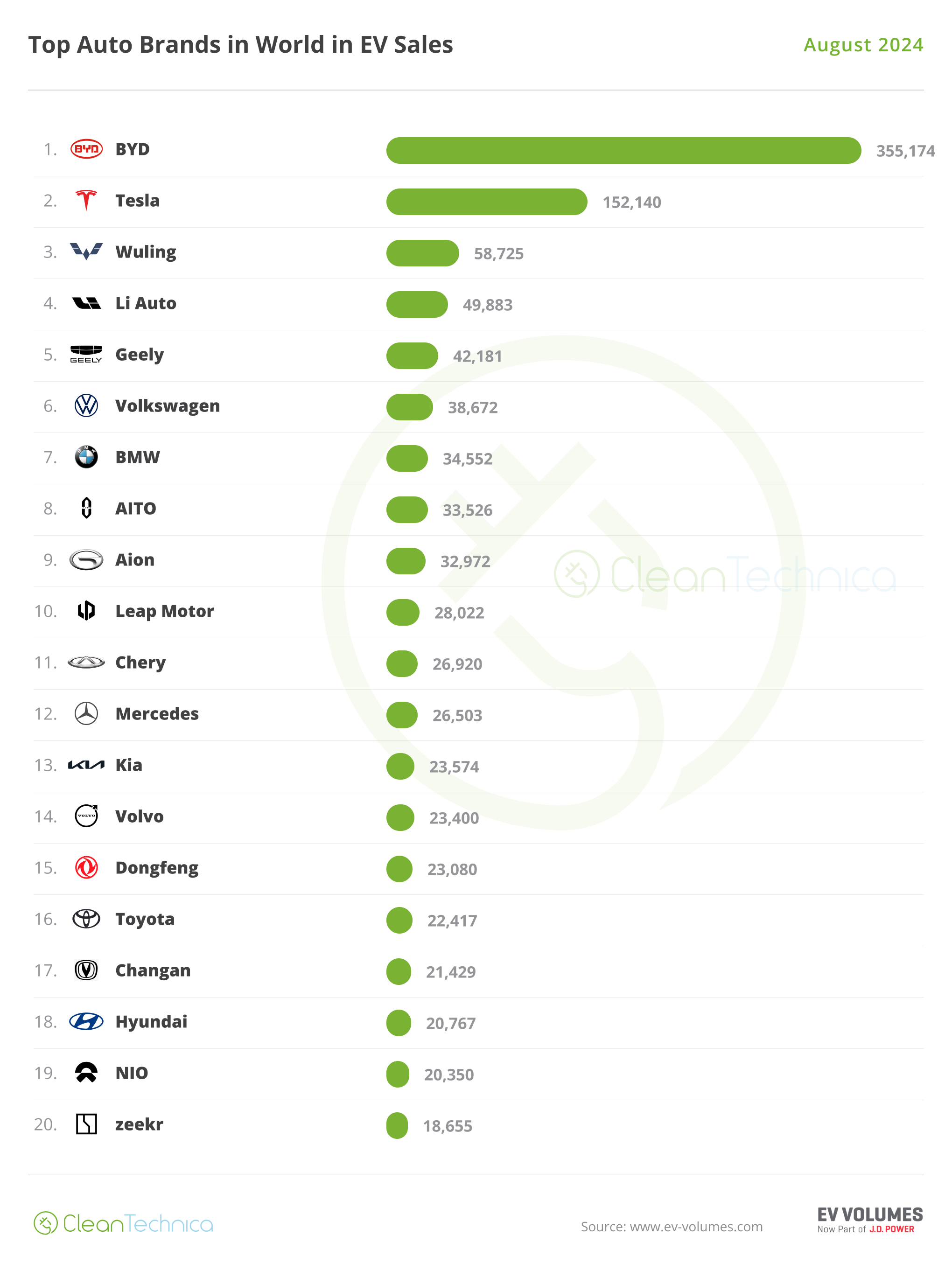Wind turbines when it’s -30°C:

Courtesy of GIPHY
Consumers in wealthy nations have come to expect a perfectly reliable supply of electricity. Anything less feels almost unimaginable. However, with much of Canada and US, currently experiencing a cold snap often referred to as “winter”, how are electricity and grid operators adapting to keep the heat and lights on?
Background: The various sources of electricity are often compared across three fundamental criteria: reliability, affordability, and carbon-intensity.
- While there’s no such thing as the perfect energy source—no generation type “wins” in all three categories—when it comes to weathering extreme events like a polar vortex, reliability quickly becomes the highest priority for most.
When it’s cold and dark, wind and solar don’t generate electricity… and that’s okay
Wind and solar are very clean and affordable sources of electricity that are leading decarbonization efforts as they become a very meaningful part of electricity grids across the world.
Wind and solar as a percentage of total generation, 2010 and 2022

Courtesy of ENERGYminute, data courtesy of Our World in Data
However, their main critiques are that solar doesn’t operate in the dark, and wind turbines stop spinning when they get too icy or too cold (this typically happens around -30°C).
The test: A real world drill materialized last week when a grid was run to the brink in Alberta, Canada—to get there, drive a few hours north of Buffalo and turn left instead of wide right (…too soon?).
A three-day extreme cold snap led to record-setting power demand. At the same time, two natural gas plants were offline due to mechanical issues and less than 1 percent of renewable capacity was generating electricity.
Loss of wind generation in Alberta by plant, January 11

Courtesy of X, user @MatthewWielicki
Operators understand the limits: In the case of Alberta, renewable generation was very low while electricity demand was at an all-time high. But grid operators likely weren’t surprised that solar doesn’t produce after sunset, or that wind turbines don’t spin when their blades get icy.
Ultimately, it was stable baseload power generation, and the ability to import electricity from neighbouring provinces that kept the grid humming, narrowly avoiding rolling blackouts.
How often does it get that cold, anyway?
It’s important to note that, for most of North America’s population centers, that type of weather comes around very rarely. According to the Climate Atlas, “Very Cold Days” of -30°C or below happens:
- In Toronto or Vancouver: Almost never
- In the Canadian Prairies: ~5 to 15 days per year
- In Nunavut: over 100 days per year (yikes).
Bottom line: The reality is that nobody can afford to lose heat and power when it’s dark and that cold. Even if electrical grids were over-built with solar and wind capacity, additional sources of electricity will still be required to meet consumer (and biological) needs. Especially on the darkest, coldest days of the year.
If your local geology (or wallet) doesn’t allow the buildout of hydro, and until alternate technologies like geothermal, batteries, hydrogen, or fusion start to score higher on the reliability and affordability scales, electricity grids fundamentally have to rely on some form of thermal power: coal, natural gas, or nuclear.
Just like winter, there’s no escaping it…unless you go to Mexico.
+Live infographic: Real-time Alberta Electricity Generation
+Additional Infographic: Primary Heating Fuels per State/Province in the U.S. and Canada
P.S. If you recently experienced a cold snap without losing heat or power, please send flowers to your local grid operator. They put in the hard work to keep you warm, and you didn’t even notice.
Share This:




